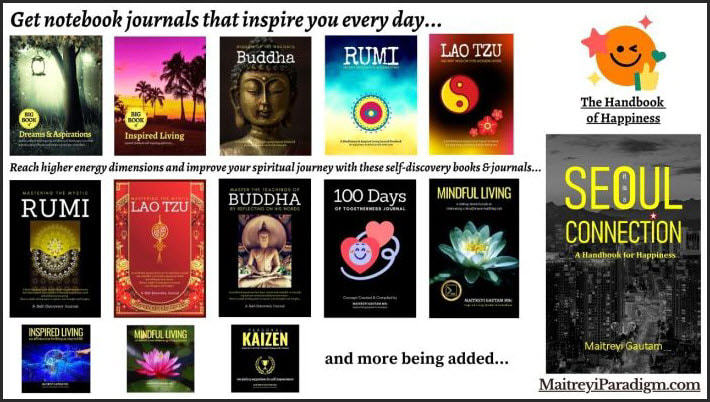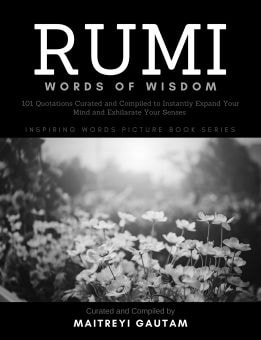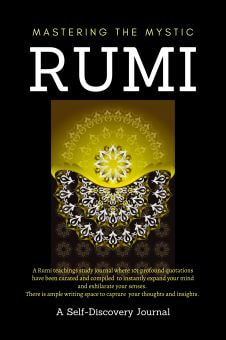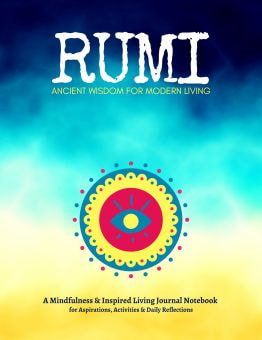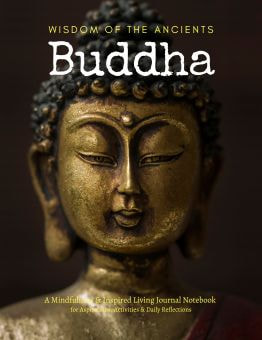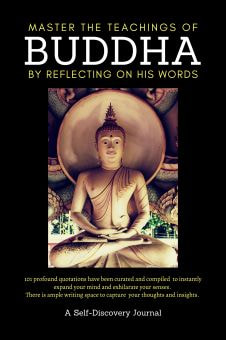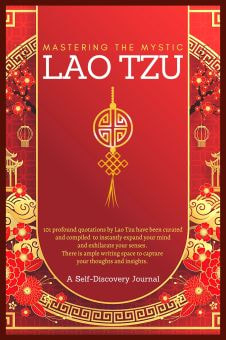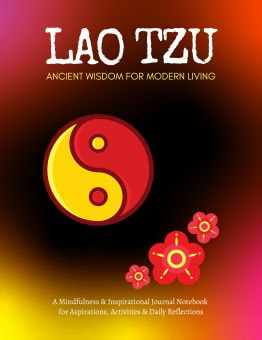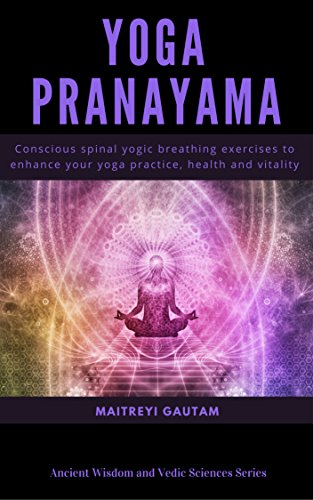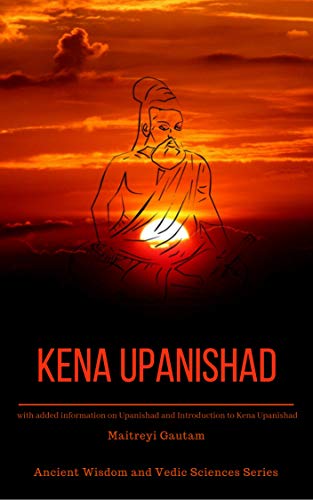The central premise of the "Tibetan Book of the Dead" is that the consciousness of the deceased undergoes various experiences and transformations in the bardo. The text is read aloud to the deceased, with the belief that the soul, or consciousness, can still hear and be guided by the teachings even after physical death.
The book is divided into different sections, each addressing various aspects of the death process and the bardo experiences. It describes the moment of death, the dissolution of the physical and mental elements that constitute human experience, and the emergence of the "clear light" of the ultimate nature of reality.
After this initial experience, the consciousness enters the bardo, where it may encounter peaceful and wrathful deities. These deities are symbolic representations of the deceased's own mind and emotions. The text provides instructions on how to navigate these experiences, recognize them as projections of one's own mind, and not be overwhelmed by them.
The latter part of the text deals with the process of rebirth. It describes how the consciousness is drawn to a new life based on the karma (actions and their consequences) accumulated in past lives. The book provides guidance on how to choose a favorable rebirth.
The "Tibetan Book of the Dead" is not only a guide for the dying and the dead but also serves as a spiritual text for the living. It is a source of meditation on death and impermanence, aiming to prepare individuals for their own death and to assist them in aiding others who are dying. The teachings in the book are deeply rooted in Tibetan Buddhist philosophy, particularly the concepts of impermanence, the nature of mind, and the cycle of samsara (the continuous cycle of birth, life, death, and rebirth).
Overall, the "Tibetan Book of the Dead" is considered a key text in Tibetan Buddhism, offering profound insights into the nature of existence and the journey of the soul beyond death.

